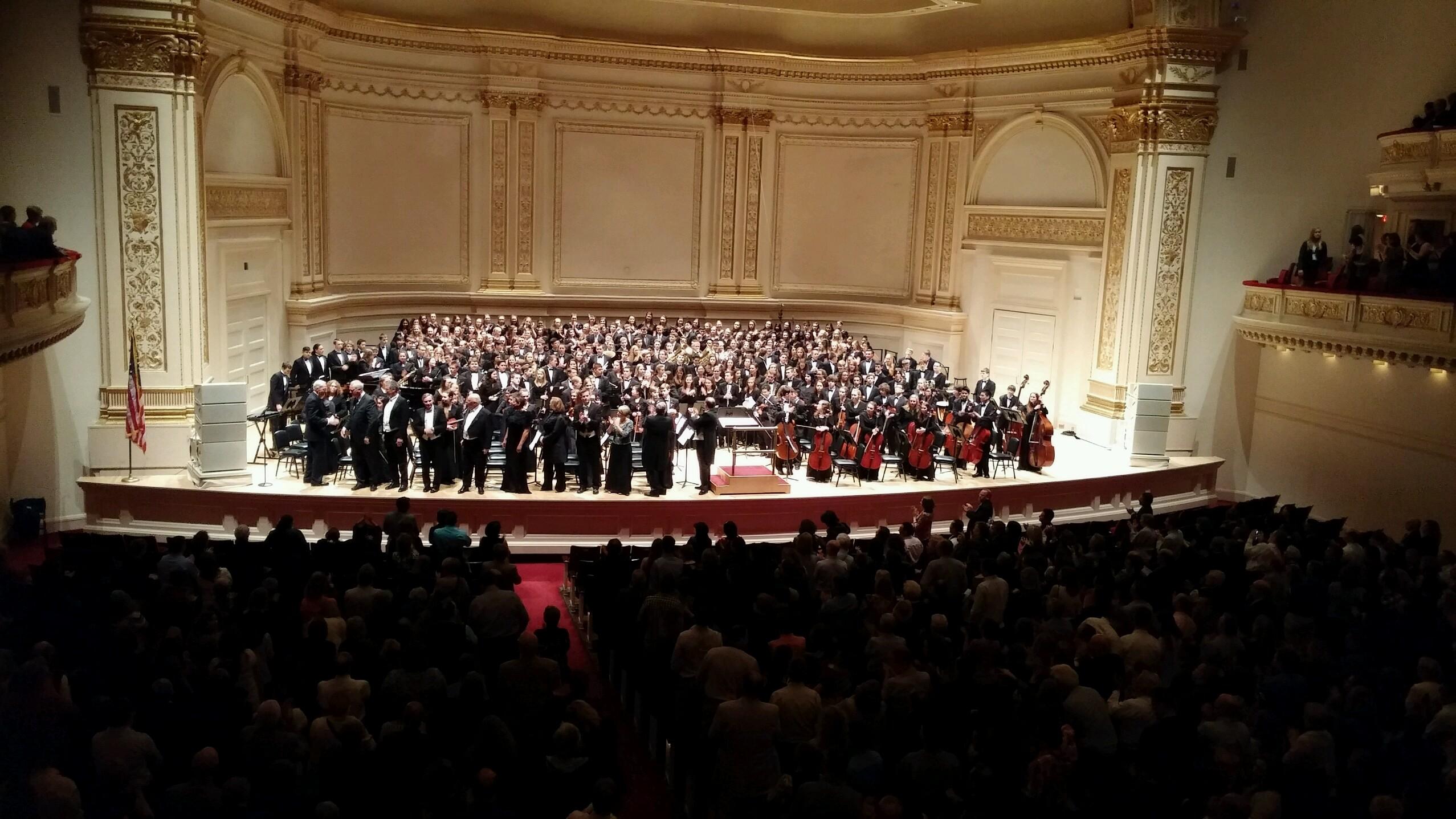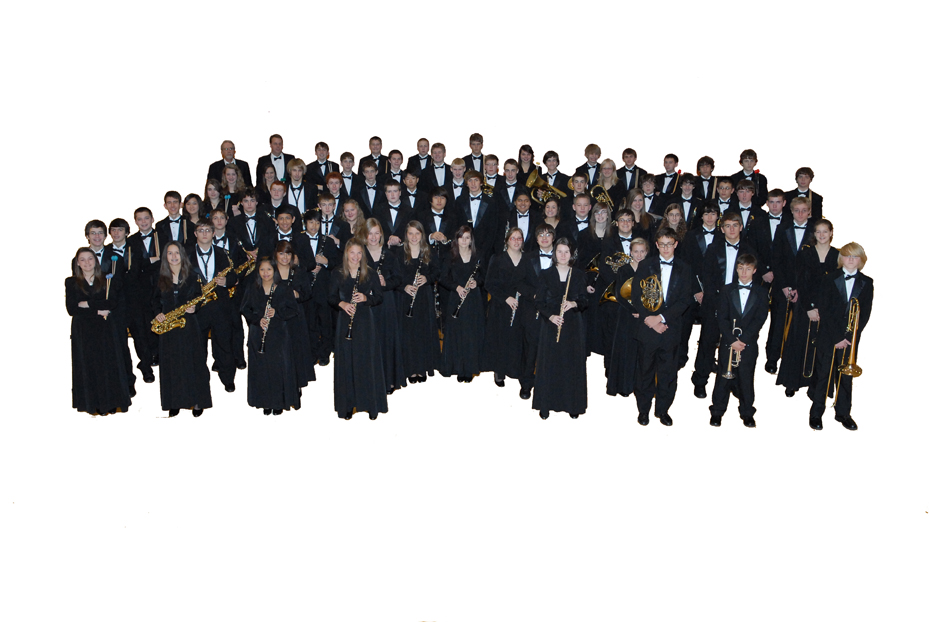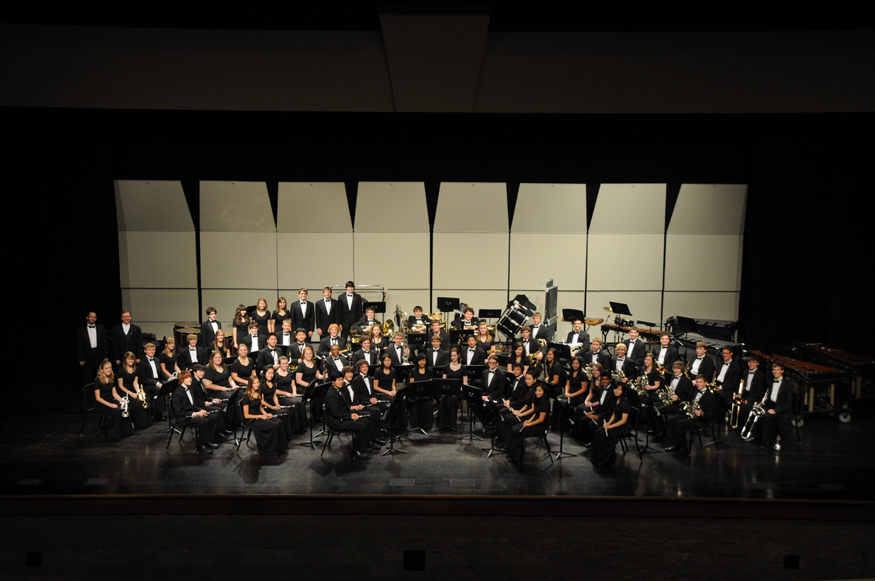John Hersey High School Symphonic Orchestra, Choral Ensembles, and Symphonic Bands
Sara Michael, choral conductor; Thomas Beckwith, Concert Band conductor
Scott Casagrande; Symphonic Band conductor; Joshua Stewart; Symphonic Orchestra conductor
Stern Auditorium at Carnegie Hall, New York
April 1, 2016
Music is alive and well in the Land of Lincoln. For the second time in two weeks, a concert featuring the talents of high school students from the state of Illinois took place on the main stage of Carnegie Hall. The collective programs (choir, band, orchestra) from John Hersey High School had the honors on this date. Interested readers can refer to the prior week’s review for my thoughts about high school music programs- Click here.
Before anything else, I must comment on the duration of this concert, which was (through no fault of the young players) prolonged to the point of becoming exasperating. While I understand the motivation to maximize the once-in-a-lifetime opportunity to pack in as much as possible, I was less enchanted with the revolving door of conductors (eight in all), and the four (yes, four!) long pauses for shifting chairs and stands, by which nearly an hour was added to the concert’s total length. Given an 8pm start time, it was well after 11pm before the final assemblage was on the stage to end this concert. Thankfully the hall was filled with family and friends, because otherwise the exodus of departing souls would have been in the hundreds. I would have preferred the sight of empty chairs and stands with a single set-up to allow continuity and flow, rather than all this fussiness.
(For the sake of completeness, the eight conductors, in order of appearance, were Sara Michael, Ollie Watts Davis, Thomas Beckwith, John Casagrande, Scott Casagrande, Stephen Peterson, Joshua Stewart, and Donald Schleicher.)
Now, with that off my chest, it is time to get to the music. The choral group led off with Randol Bass’ Gloria. Complete with brass choir and percussion, it is a work that showcases the talents of younger and developing performers. Good balance with smart brass playing (reviewer’s note: Thank you for tuning to Bb!) made for an excellent start to the night. No Time (arranged by Susan Brumfield) and Robert’s A. Boyd’s Blessing were both done with sensitivity. The high point was Rest, by V. Michael McKay. With the soaring voice of soprano soloist Ollie Watts Davis (who also conducted), it was a journey of gospel styles that in the words of Dr. Davis, “promises relief and release from besetting conditions that affect soul, body, and spirit.”
The Concert Band (the Junior Varsity to the Varsity Symphonic Band) showed how deep the layers of talent are at John Hersey. A skillful arrangement of Ravel’s Laideronnette, impératrice des pagodes from his Mother Goose Suite (Ma mère l’Oye), by Brian Beck, was played with confidence. My one quibble was that there was a need for slightly more clearly articulated passagework in the woodwinds. Wayne Oquist’s A Solemn Place (a wind arrangement of his vocal work O’ Magnum Mysterium) had remarkable subtlety and depth, and a fun-filled His Honor March by Henry Fillmore ended their selections on a happy note. The Symphonic Band wasted no time in putting their cards on the table with a first-rate performance of Frank Tichelli’s Blue Shades. I could scarcely believe this was a performance by a high school ensemble. These young players made it all seem so easy, but it is assuredly anything but easy! Special kudos to the (uncredited) clarinet soloist. Gershwin’s Catfish Row Scenes from Porgy and Bess, with Dr. Davis returning to the stage as soprano soloist, was another example of how accomplished these young players are. I have heard many young ensembles, but this one was among the very best without a doubt.
I was puzzled by the Chamber Orchestra’s offering of the first two movements of Dmitri Shostakovich’s String Quartet No. 8 in C minor, Op. 110. It came off as some sort of “sampling” (i.e. The DSCH motif and some quotes from earlier works). As there is a complete version for chamber orchestra, it would be preferable to do all five movements or none at all. In any case, one must admit that it was very well played.
The Symphonic Orchestra offered three works – a polished and moving rendition of The Awakening (with the choir) by Joseph Martin, a spirited first movement of Haydn’s Symphony No. 104 (“London”), and a fiercely passionate Carmen Suite No. 1 from Georges Bizet. The latter brought the audience to their feet in a long and loud standing ovation. Howard Hanson’s Song of Democracy, with members of every group filling the stage, ended the long night in triumph. The players and conductors should all be proud, as John Hersey High School has an excellent music program that could be the envy of many schools around the country. Congratulations to all.



